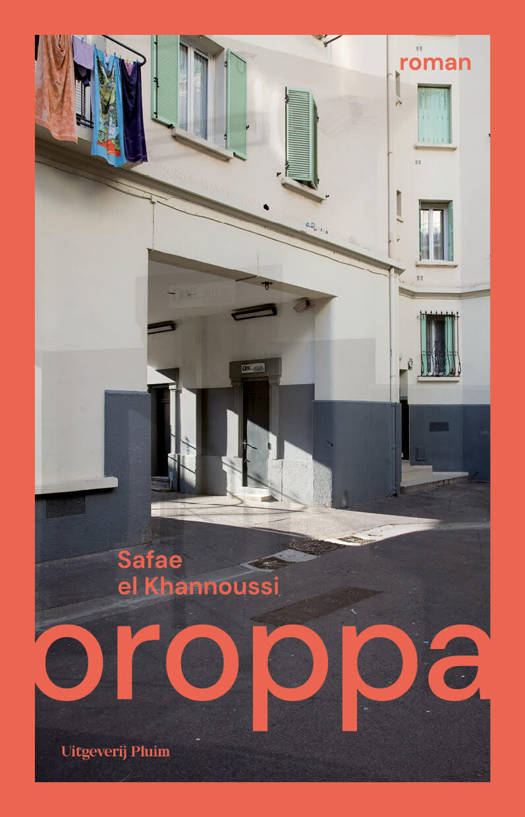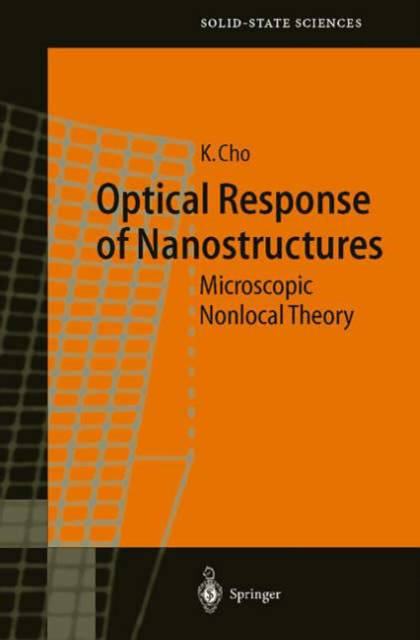
- Afhalen na 1 uur in een winkel met voorraad
- Gratis thuislevering in België vanaf € 30
- Ruim aanbod met 7 miljoen producten
- Afhalen na 1 uur in een winkel met voorraad
- Gratis thuislevering in België vanaf € 30
- Ruim aanbod met 7 miljoen producten
Zoeken
€ 105,45
+ 210 punten
Uitvoering
Omschrijving
This book deals with a recently developed theoretical method for calculating the optical response of nanoscale or mesoscopic matter. There has been much interest in this type of matter system because it brings out a new feature of solid state physics, viz., the central importance of the quantum mechanical coherence of matter in its transport and optical properties, in contrast to bulk systems. The author has been interested in the optical properies of mesoscopic matter since the mid-1980s, seeking to construct a new theoretical framework beyond the traditional macroscopic optical response theory. The new element to be included is the microscopic spatial structure of the response field and induced polarization, and the nonlocal relationship between them. This is the counterpart of the size quantization of confined electrons or excitons reflecting the sampIe size and shape in detail. AIthough the latter aspect has been widely discussed, the former has not received due attention, and this has prompted the author to introduce a new theoretical framework. This book describes such a theory, as developed by the author's present group. Although it is only one of several such frameworks, we believe that it is constructed in a sufficiently general manner to apply to the study of the linear and nonlinear optical responses of nanostructures of various sizes and shapes, subjects of considerable interest today.
Specificaties
Betrokkenen
- Auteur(s):
- Uitgeverij:
Inhoud
- Aantal bladzijden:
- 174
- Taal:
- Engels
- Reeks:
- Reeksnummer:
- nr. 139
Eigenschappen
- Productcode (EAN):
- 9783540003991
- Verschijningsdatum:
- 23/04/2003
- Uitvoering:
- Hardcover
- Formaat:
- Genaaid
- Afmetingen:
- 160 mm x 245 mm
- Gewicht:
- 394 g

Alleen bij Standaard Boekhandel
+ 210 punten op je klantenkaart van Standaard Boekhandel
Beoordelingen
We publiceren alleen reviews die voldoen aan de voorwaarden voor reviews. Bekijk onze voorwaarden voor reviews.











